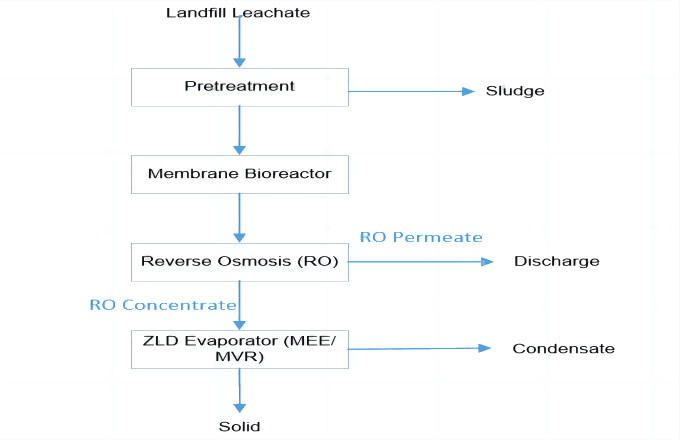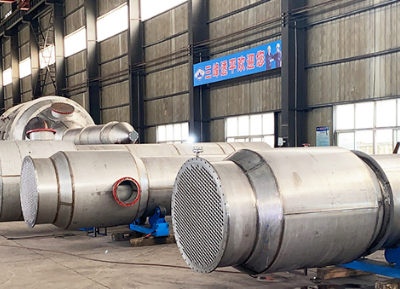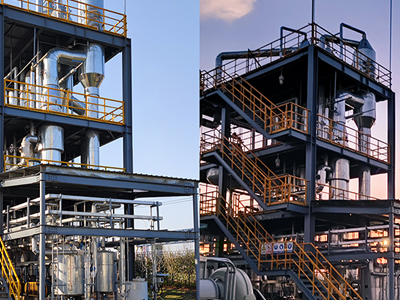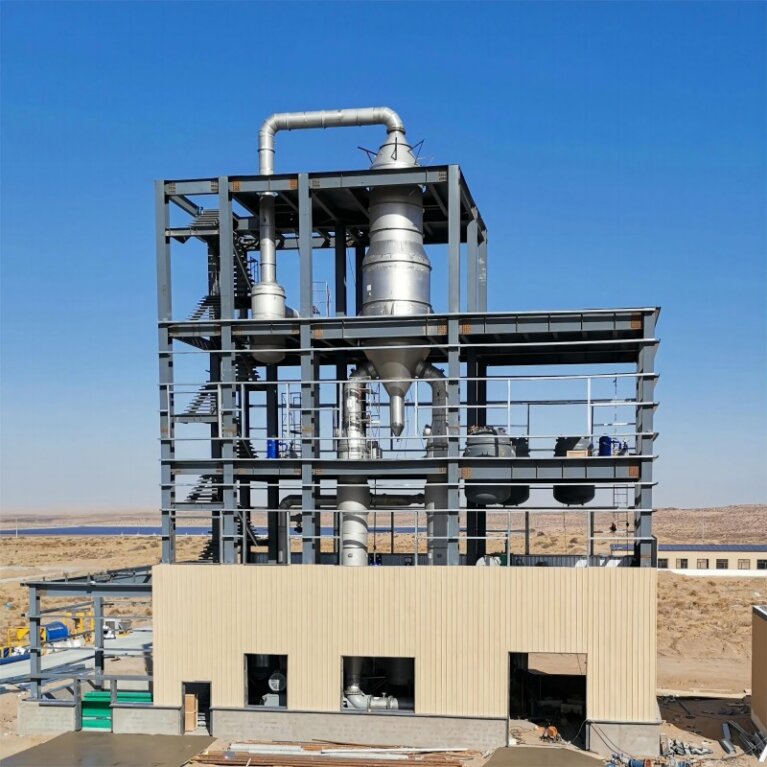
Evaporation Concentration
About Evaporation Concentration
With the environmental supervision further strengthened, part of wastewater that cannot be recycled needs reduction and harmless treatment, that is:
- reduce the harmfulness of wastewater
- reduce the discharge of wastewater
At present, our company has a large number of engineering cases or projects for wastewater concentration, and provides customers with comprehensive solutions:
- Minimum Liquid Discharge (MLD)
- Wastewater Concentration
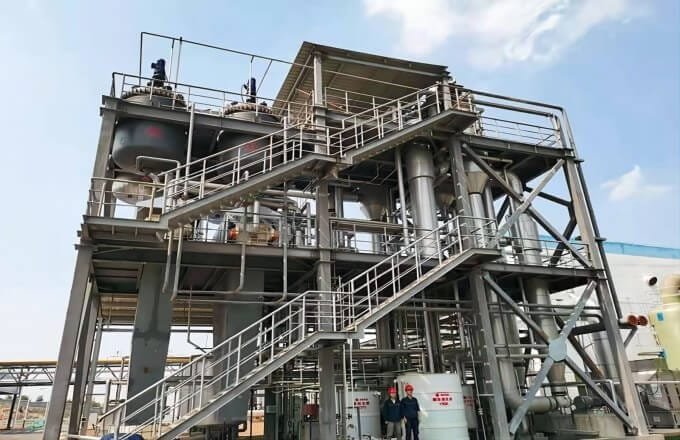
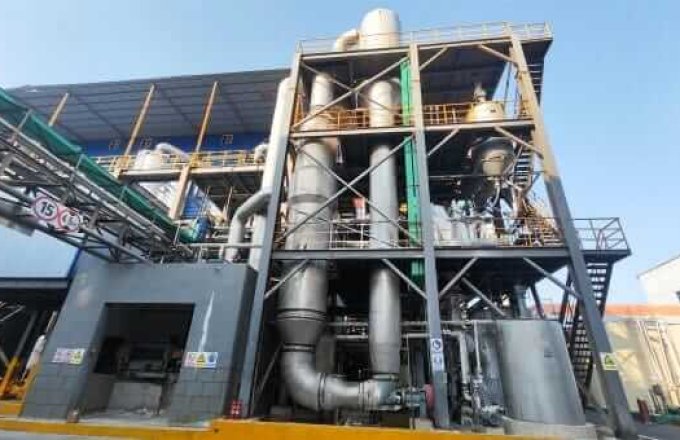
Minimum Liquid Discharge (MLD)
Minimum Liquid Discharge (MLD) is one of the solution for wastewater treatment. It is a more cost-effective and sustainable way than Zero Liquid Discharge.
The process of MLD is usually based on ultrafiltration (UF), reverse osmosis (RO), nanofiltration (NF), and ion exchange membrane technology.
For companies whose treatment goal is only to reduce the discharge volume of wastewater, Minimum Liquid Discharge could be a good choice.
Wastewater Concentration
The components in different sources of wastewater is complex. So there is a situation that the solution could not realize zero liquid discharge but evaporation concentration.
For those wastewater with high COD, which include volatile matters and non-volatile matters. For the non-volatile matters, it can only be concentrated and the final goal is to get the highly concentrated solution.
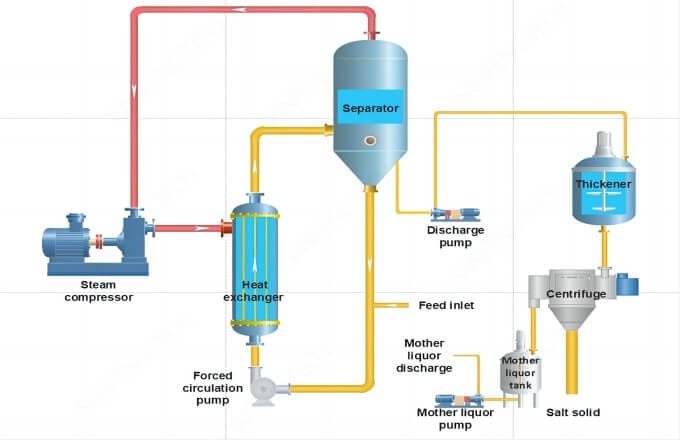
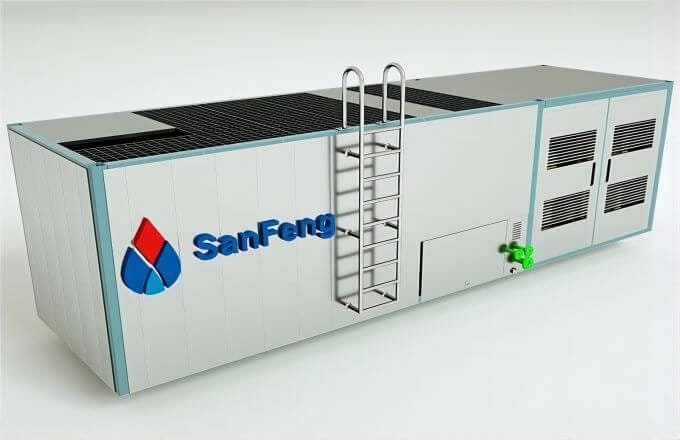
Typical case: Hazardous waste industry
Waste source: it is generated in many industries and activities, including medical institutions, pharmaceutical plants, chemical plants, petrochemical industry, electronic manufacturing, etc. The waste produced in the production of these industries may contain toxic, carcinogenic, explosive, corrosive matters.
Treatment goal: to ensure the safe disposal or discharge of hazardous waste to protect people’s health and the environment.
Hazardous waste treatment technology: according to the different hazards and material types, different management and treatment methods will be adopted, such as physical treatment (solidifying, firing), chemical treatment (neutralization, oxidation), biological treatment (biodegradation) and other special treatment methods, to reduce the dangers of hazardous waste, and minimize its impact on the environment.
Typical case: Landfill leachate industry
Landfill leachate (Leachate) is a liquid formed by a mixture of wastewater accumulated in a garbage dump or landfill. When rainwater seeps into the garbage dump or landfill, it passes through the gap between the waste layers, dissolves and carries the chemicals in the waste, and finally becomes the landfill leachate. It may contain organics, inorganic salts, heavy metals, ammonia nitrogen, toxic substances, etc. These substances have potential environmental risks and, if not well treated, may cause pollution to groundwater and the environment.
Treatment technology:
- Physical treatment: filtration, precipitation, and concentration, etc. to remove suspended matters and solid particles.
- Chemical treatment: neutralization, oxidation, etc. to remove heavy metals and organics.
- Biological treatment: use organisms such as microorganisms to decompose and transform organic substances.
